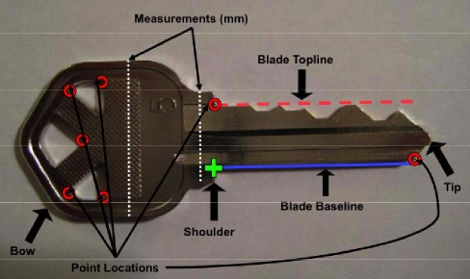[youtube=http://www.youtube.com/watch?v=x2Hn8No5oFQ]
[Spikenzie] has put together this nice kit for controlling a DC motor with RC servo signals. He’s using a PIC12F629 to convert the signal to PWM. As you can see in the video above, it seems to work quite well. It is in a neat and tidy package and available as a kit. We have to admit though, what caught our eye was the prototype. Even though it is a kit for sale, it looks as though they plan on releasing the PCB files and code.














